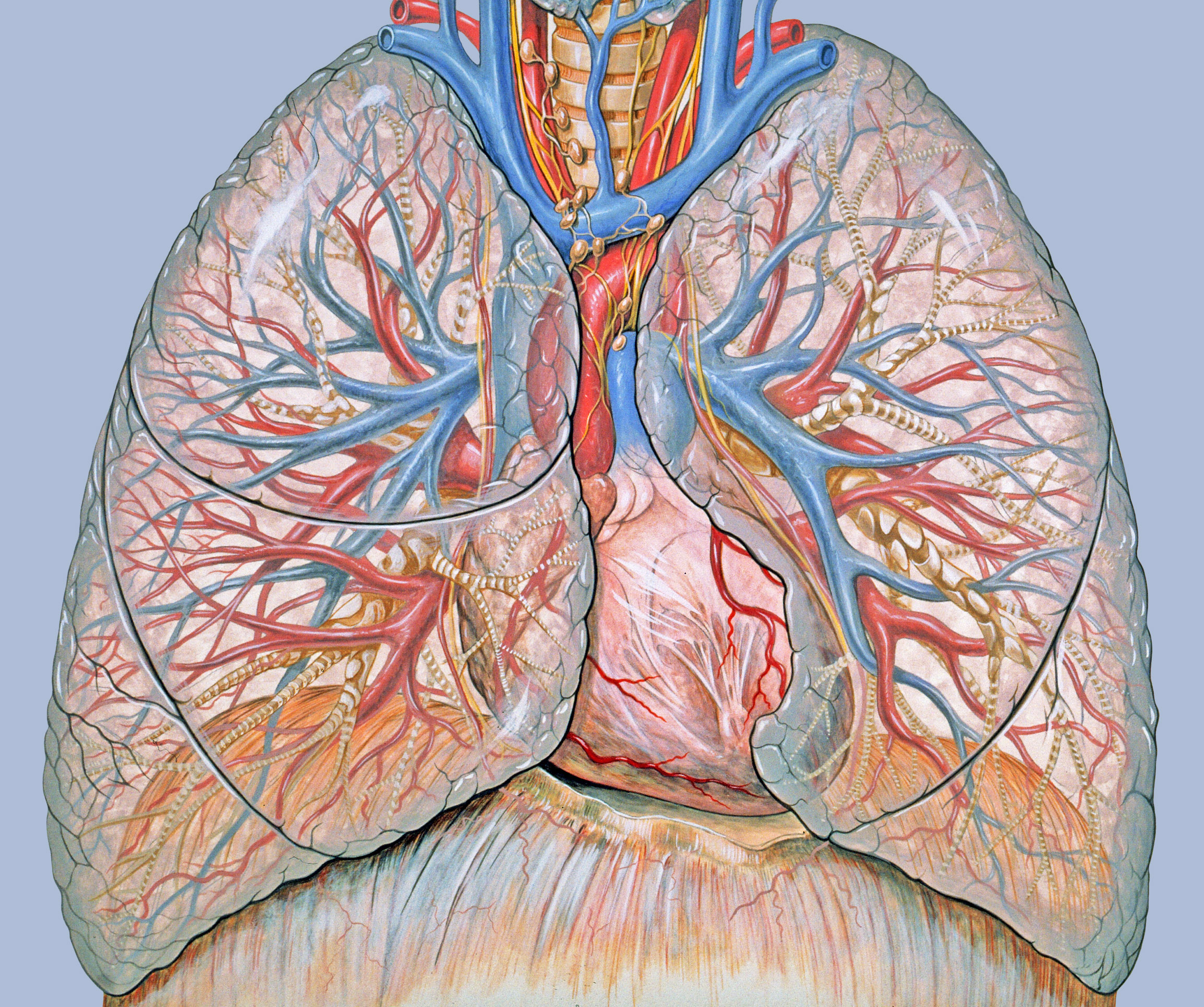Lung cancer is among one of the most prevalent cancers in humans where lung cells start to grow uncontrollably, changing the oxygen supply for the body. jus like other types of cancer, an early diagnosis adds up to the chances of complete recovery. But without any sign of lung cancer at early levels, it becomes impossible to detect it.
When cancer initiates inside the body, it is possible for the body to change the daily work affecting all routine tasks. Some health experts believe that difficulty in swallowing food or medically called dysphagia can be a sign of lung cancer.
Roy Castle Lung Cancer Foundation describes that it may lead a person to lose lots of weight and severely dehydrated. This situation is distressing but cancer is not the only thing to trigger it. For example, a person may also experience the same in thrush or as a side effect of any medicine or treatment.
RELATED: New CDC Holiday Guidelines Urge People to Delay Dinner Plans
A person experiencing troubled swallowing finds it hard to swallow the food and even if he becomes successful in swallowing, it feels like it is coming back up. Some people may also experience mild pain or burning like sensation during eating.
Some other signs which may be associated with lung cancer include the following.
- A persistent and long-standing type of cough which lasts for weeks
- Different types of recurring chest infections
- Finding blood in cough
- Feeling chest pain while coughing and breathing
- Shortness of breath
- Fatigue and energy-less feeling
- Loss of appetite and interest in food
- An explained weight loss
The choice of treatment for lung cancer depends upon the stage when it is diagnosed. Normally, a combined therapy including surgery, chemotherapy, radiotherapy, and immunotherapy is helpful.
But a doctor plans a customized treatment plan based on the type of cancer and its stage in a patient. Some patients may need only one of these while others require all this planned together.
RELATED: North Dakota Coronavirus Death Toll Crosses 800
There are many factors that affect the chances of lung cancer development. But their presence doesn’t necessarily mean that a person is having lung cancer. They only help to estimate the risk.
For example, smoking tobacco and its products are majorly linked with lung cancer. Cancer Research UK estimates that 7 out of 10 cases of lung cancer are linked with excessive smoking which also includes passive smoking.
Some other substances also increase the chances of developing lung cancer for example asbestos, diesel particles, and silica. It means people who are exposed to these substances, whether intentionally or unintentionally are at a high risk of lung cancer. There is plenty of scientific evidence suggesting how the risk of lung cancer increase with direct exposure to petrol and diesel particles in fumes.
There are studies highlighting the role of exposure to nitrogen oxide with lung cancer. It shows that people who often inhale nitrogen oxide gases which are typically released from motor vehicles are at 33% high risk of cancer.
In addition to that, the risk of cancer development is high if a patient has a history of chronic obstructive pulmonary disease (COPD) or any other lung infection such as pneumonia.


